
The success of a stealth game hinges on how well its core elements work together – things like light, sound, hiding spots, enemy behavior, and level design. The best games in the genre clearly communicate all of this to the player without pulling you out of the experience. The games listed below are known for providing clear feedback, giving you versatile options, and rewarding careful planning and inventive strategies over simply using force. They demonstrate a variety of approaches to making sneaking, distracting enemies, and precise timing feel satisfying and fair, and highlight the developers and publishers who have truly mastered the art of stealth gameplay.
‘Thief: The Dark Project’ (1998)
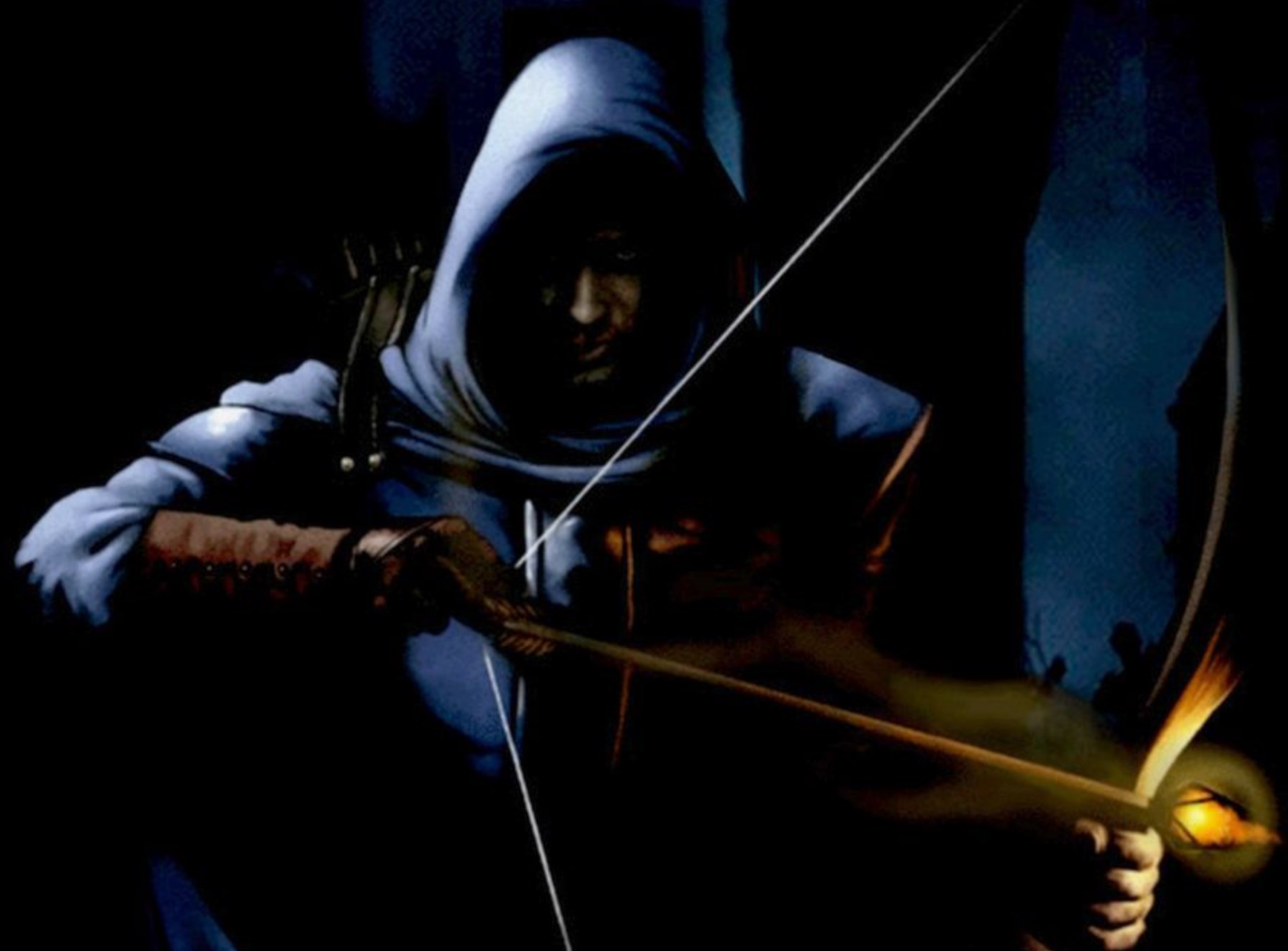
Looking Glass Studios revolutionized stealth gameplay by using advanced light and sound – pinpointed by a visible gem and unique sounds for each surface you walked on – to make it precise and predictable, published by Eidos Interactive. Players could manipulate the environment with special arrows, using ropes to create new paths and water to extinguish torches. Enemies had clearly defined behaviors – like being idle, suspicious, or alerted – and communicated their state through sounds and movements. Missions were designed with multiple ways in, rewards for exploration, and optional goals that let you complete them stealthily without being required to do so.
‘Metal Gear Solid’ (1998)

Konami developed a unique stealth system for their top-down 3D games that relied on clear visual cues – like cones of vision and radar – to help players avoid detection. Levels were designed with multiple paths using elements like guard patrols, security cameras, and vents, offering players choices with calculated risks. When spotted, the game used consistent timers and predictable search behaviors, making it possible to learn how to escape. Items like the iconic Cardboard Box and silencers added to the stealth experience without making the game too easy.
‘Tom Clancy’s Splinter Cell: Chaos Theory’ (2005)
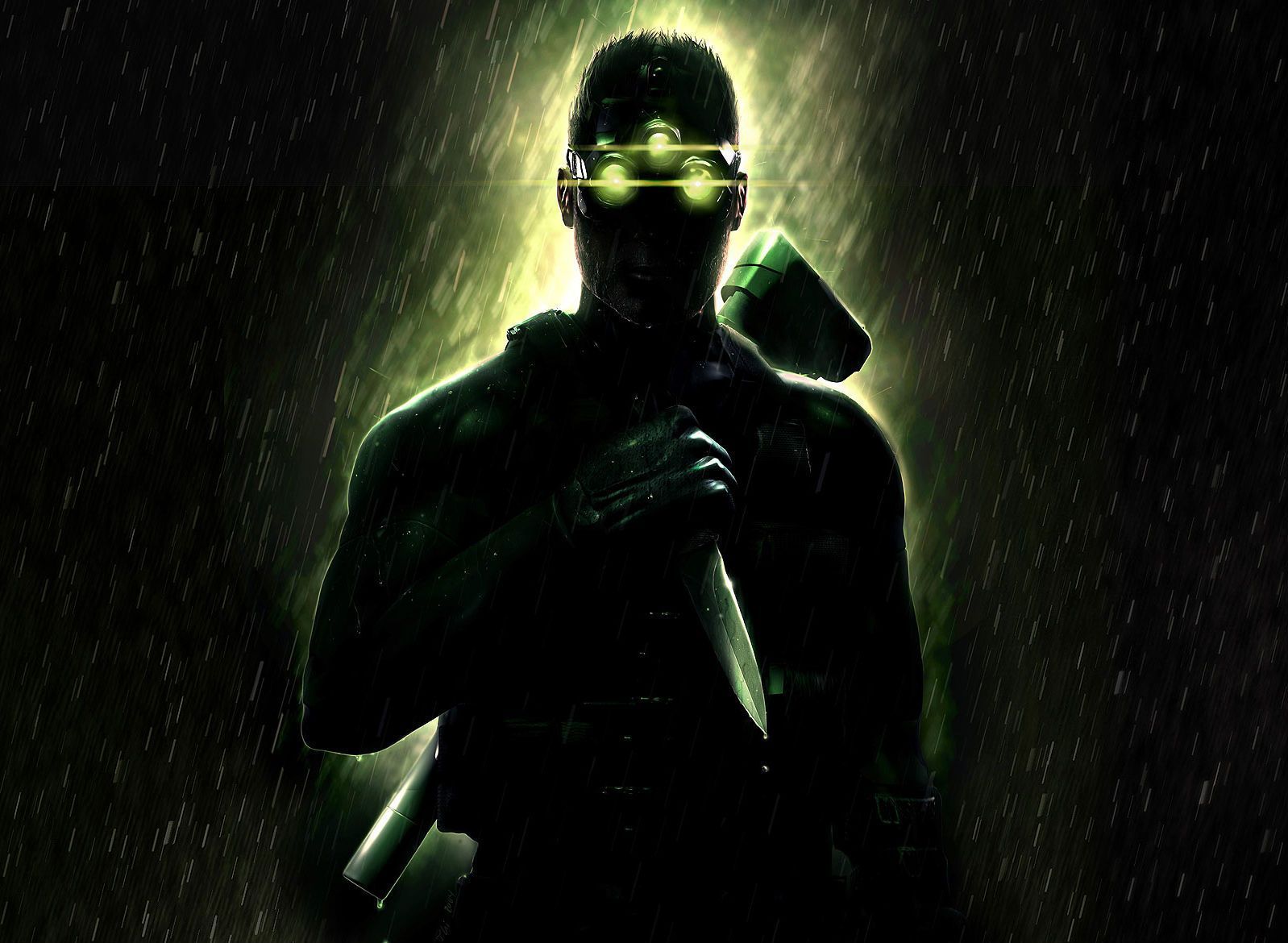
The developers at Ubisoft Montreal combined a light meter with advanced shadowing to let players adjust to brightness levels on the fly. Sound traveled realistically, changing based on where you were, what surface you were on, and how fast you moved, so you could use sound to figure out guard positions and reactions. Players had a lot of freedom in how they tackled levels, with options for stealthy knockouts, lethal attacks, or using gadgets to create distractions – and they weren’t penalized for trying different things. The enemy AI reacted realistically, starting with simple curiosity and escalating to coordinated searches, making it crucial to stay hidden in the shadows.
‘Hitman’ (2016)

IO Interactive’s Hitman games, originally published with Square Enix and later self-published, focused on stealth achieved through blending in, avoiding restricted areas, and managing how much attention you drew. The game’s open levels clearly showed you opportunities, different ways to access areas, and enemy routines, allowing you to plan safe routes on the fly. The game consistently followed rules for sound and visibility, making it reliable to create diversions or accidentally get noticed. Players were encouraged to replay levels through progression systems and challenges that emphasized logical, puzzle-like stealth.
‘Dishonored’ (2012)

Arkane Studios and Bethesda Softworks designed stealth gameplay that focused on how visible you were, how much noise you made, and how you used the environment, especially vertical spaces. Abilities like ‘Blink’ and ‘Dark Vision’ worked within these rules, making stealth feel fair. The games encouraged players to be careful and strategic, offering non-lethal options, tight spaces to navigate, and ways to hide bodies. When you were detected, it happened in clear stages, and the game reacted to your actions by changing enemy patrols. Levels, like the ‘High Overseer’ mission, were built with multiple layers – rooftops, buildings, and alleys – giving players lots of options for planning their approach.
‘Deus Ex’ (2000)
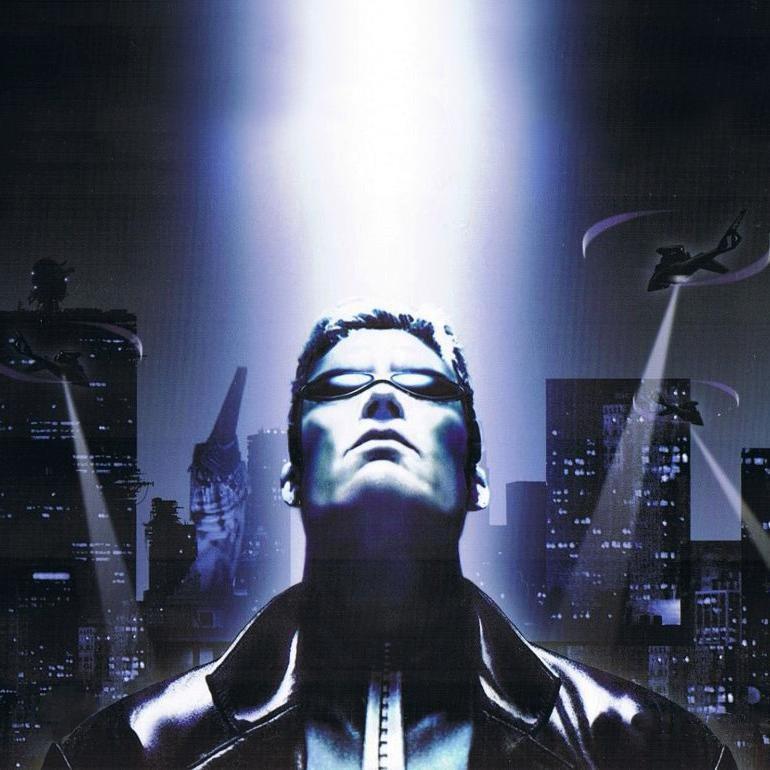
In Deus Ex, the developers cleverly combined stealth with role-playing elements, giving players skills, upgrades, and tools like silencers. The game used a realistic system where guards reacted to both what they saw and heard. Players could bypass obstacles using vents, shadows, or by hacking, often finding multiple ways to solve problems without fighting. The game world felt reactive – turning off lights, breaking cameras, or even leaving doors open could change guard behavior. Levels were designed as open hubs, encouraging players to explore, plan, and only act when they felt ready.
‘Mark of the Ninja’ (2012)
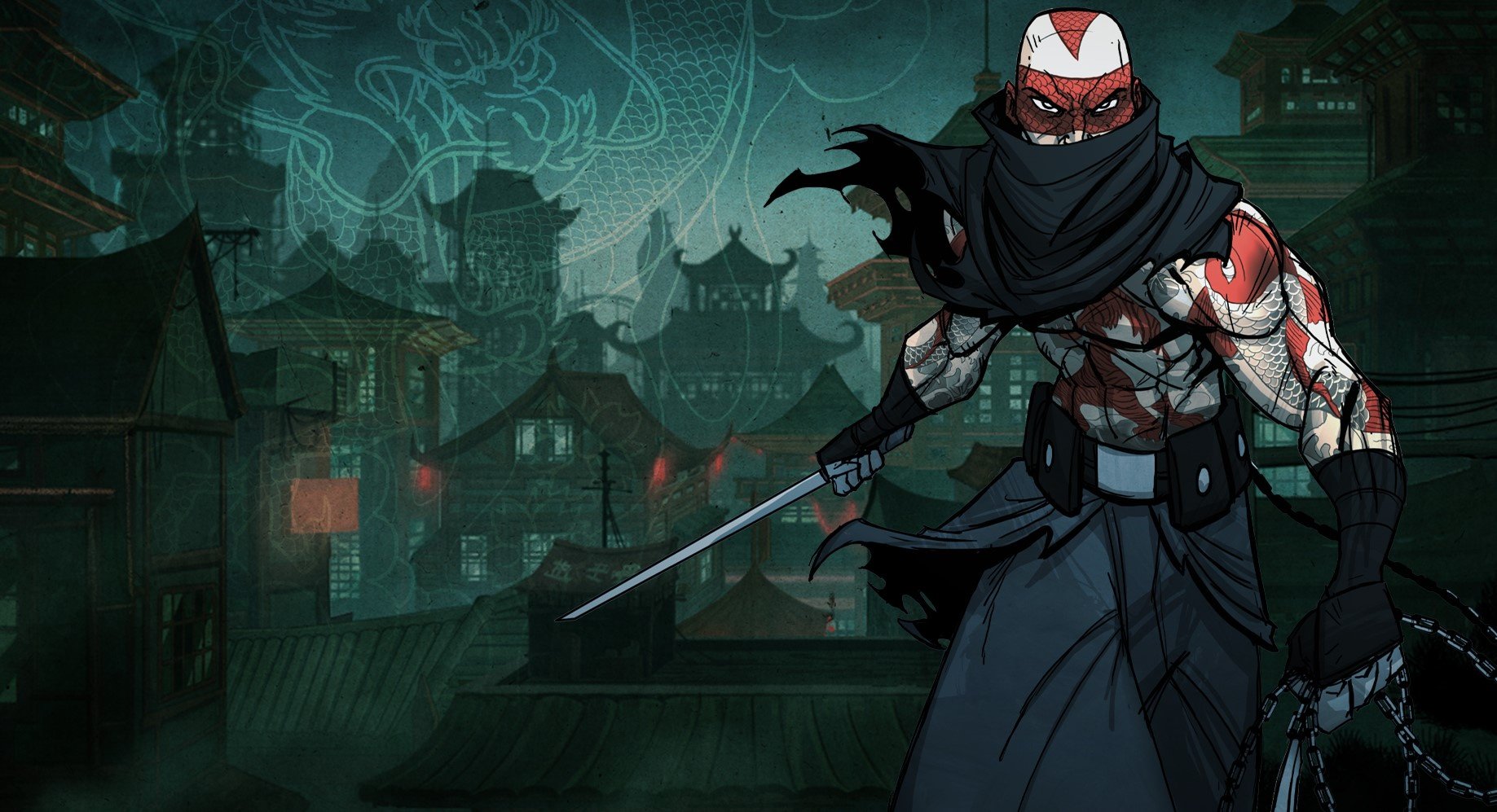
In the game, Klei Entertainment and Microsoft Studios visually show what enemies can see and hear using a distinctive art style and clear sound indicators. The game uses familiar tools like distractions, traps, and shortcuts, making stealth feel like a puzzle to solve rather than relying on unfair surprises. Players can manipulate guards’ paths by using elements like bodies, lights, and high ground. Simple, understandable icons show exactly what enemies can see, how far sounds travel, and when alarms are triggered, blending precise movement and stealth into a cohesive experience.
‘Alien: Isolation’ (2014)

The developers at Creative Assembly and Sega created a truly frightening alien enemy that relies on sound, sight, and the ability to move through the ship’s vents. Players had to be careful and strategic in how they moved and used their tools to avoid it. The game’s motion tracker created a difficult choice: using it gave you information, but narrowed your vision. Every action felt risky because of how sound traveled and how limited resources were. The alien’s artificial intelligence changed its behavior to create a tense but balanced game of hide-and-seek, clearly signaling when it was simply searching versus actively hunting.
‘Tenchu: Stealth Assassins’ (1998)
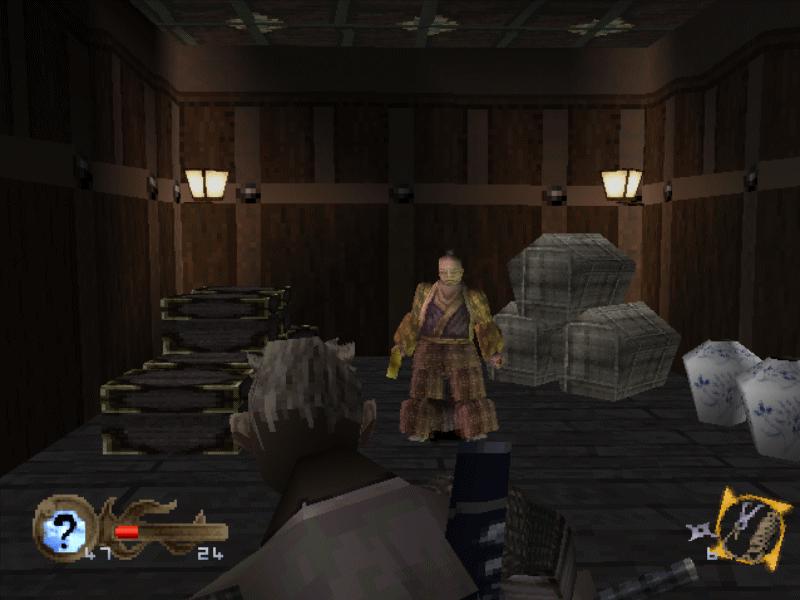
Okay, so in Acquire and Activision’s games, the missions were built around running across rooftops, using grappling hooks to swing around, and getting instant kills when you snuck up on enemies. There was a meter that showed how visible you were, and enemies had predictable patterns – like they’d go from unaware to suspicious to actively hunting you. They also had a bunch of useful items – things like rice balls to distract guards, caltrops to slow them down, and smoke bombs to cover your escape – but these didn’t make it too easy to avoid detection. The game really pushed you to be sneaky and rewarded you for completing objectives without being seen, so you quickly learned the guards’ patrol routes and how to use the environment to your advantage.
‘The Chronicles of Riddick: Escape from Butcher Bay’ (2004)

In the game, Starbreeze Studios and Vivendi Universal Games cleverly used light and shadow – players could flip switches to control darkness and open up new paths. Instead of instantly failing when spotted, the AI remembered recent noise and gave players a brief window to hide. Combat focused on skillful movement and timing, rather than relying on gadgets. The game’s levels were designed with looping paths and ventilation systems, encouraging players to learn safe routes through repeated attempts and predictable guard behavior.
‘Commandos 2: Men of Courage’ (2001)
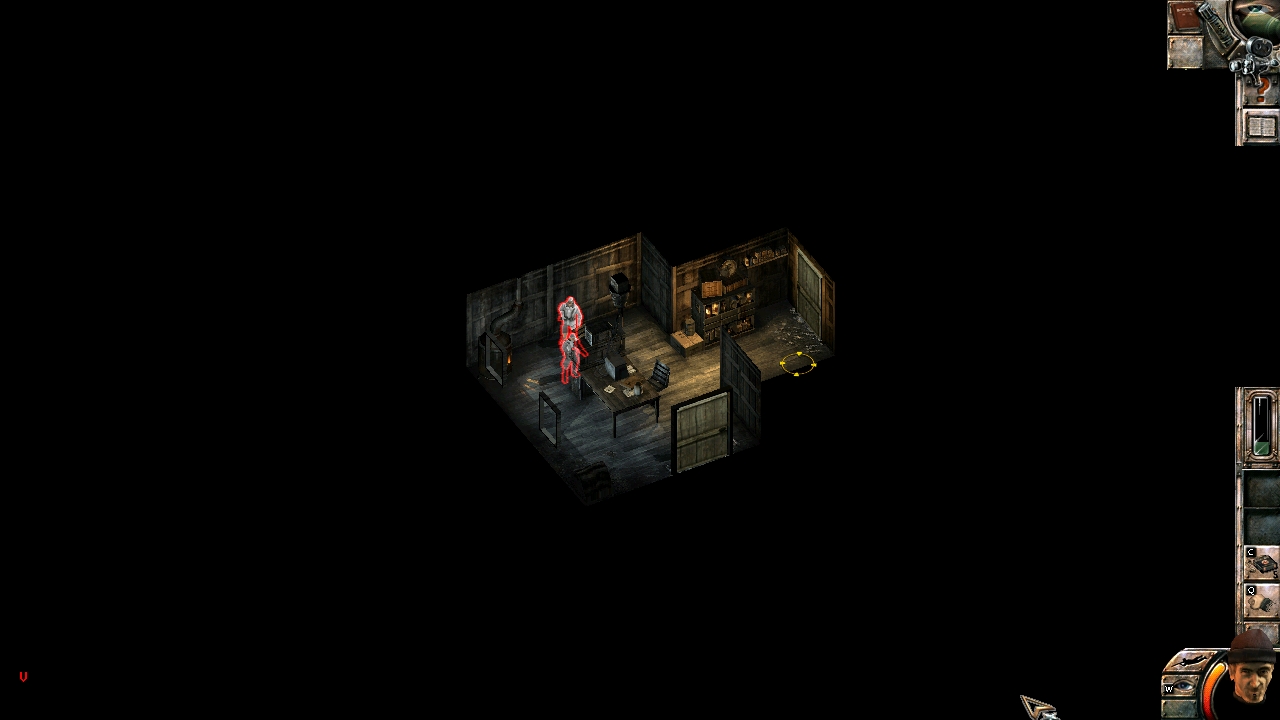
In the game, Pyro Studios and Eidos Interactive clearly showed what enemies could see and hear using an overhead, angled view, making stealth gameplay predictable and skill-based. Each character had unique tools – like decoys, disguises, and climbing abilities – offering different ways to approach challenges. Players could plan routes carefully with multiple paths, drag bodies to hide them, and use cover to avoid detection. The game also allowed for frequent saving, encouraging players to experiment and refine their strategies without breaking the core gameplay mechanics.
‘Invisible, Inc.’ (2015)
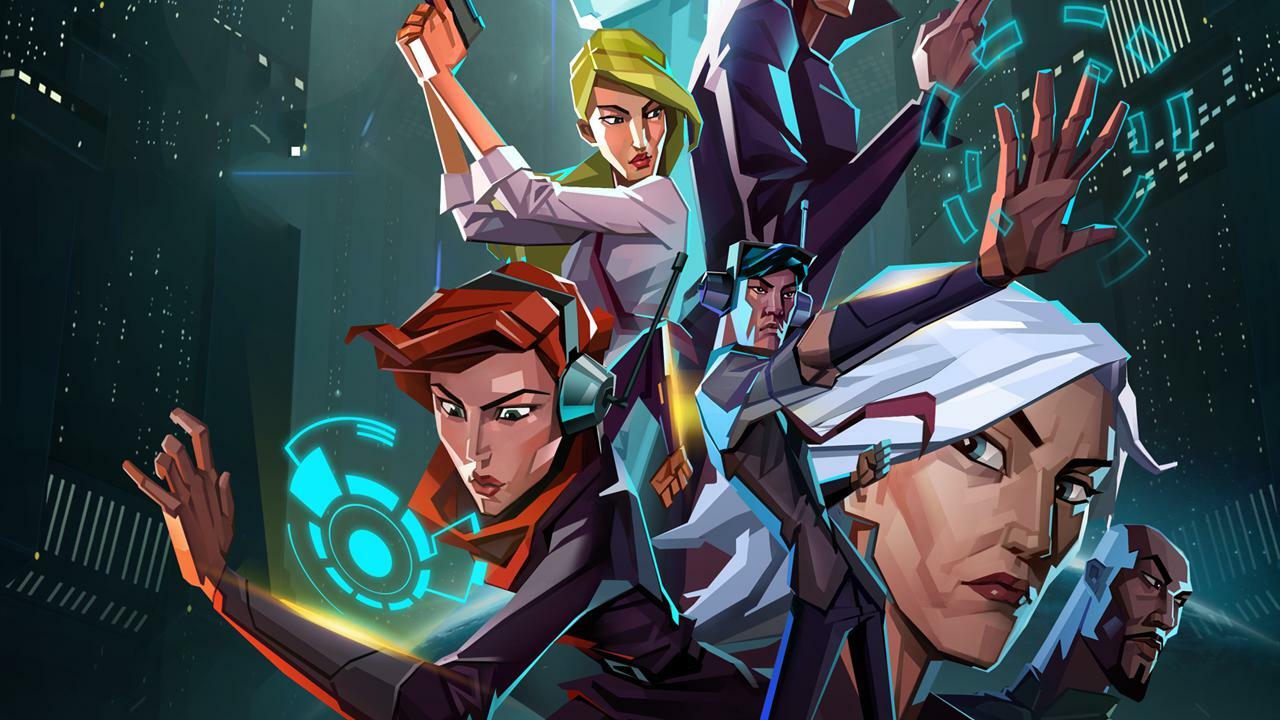
Klei Entertainment created a stealth game where success depends on gathering information – like guard routes, camera views, and how power works. The game’s levels are randomly generated, but always follow consistent rules for sight, sound, and how quickly guards become alerted, keeping things fair. Players can also hack systems to create stealth opportunities and avoid direct fights. A rising alarm level creates tension, forcing players to make smart choices instead of just trying to delay detection.
‘Styx: Master of Shadows’ (2014)

Okay, so in this game, stealth is really about moving up and down levels, hiding bodies, and sticking to the shadows to become invisible. The enemies aren’t dumb – they react to noise and when lights go out, but they don’t instantly freak out, which gives you a chance to recover. I also have cool tools like cloning to create distractions and acid to… well, clean up messes. The levels aren’t just straight paths either; I need to scout around, pick locks, and steal keys to find the best way through. It’s all about figuring out my own route and staying hidden.
‘Batman: Arkham Asylum’ (2009)

Rocksteady Studios and Warner Bros. crafted stealth areas in the Batman Arkham games that were easy to understand, using elements like hidden rooms, gargoyles, vents, and objects you could destroy to block enemy vision. The ‘Detective Vision’ mode helped players clearly see where guards were, what they were carrying, and even how alert they were, all without giving away unfair advantages. Enemies would adapt to your strategies, using things like mines and signal blockers to force you to change things up. The game favored careful planning and timing over quick reflexes, rewarding players who used stealth takedowns and silent drops effectively.
‘Assassin’s Creed II’ (2009)

In Ubisoft Montreal’s games, they’ve made sneaking around more realistic by letting players blend into groups, hide on benches, and use crowds as camouflage, all while respecting clear boundaries for where they can go. When chased, players always had consistent ways to escape thanks to a notoriety system and how visibility worked. The game also featured layered security with guards on rooftops, observation points, and predictable patrol routes, making both chases and sneaking challenging. Missions were designed with multiple ways to enter, letting players choose between fast-paced parkour or quiet, stealthy approaches.
‘Desperados III’ (2020)
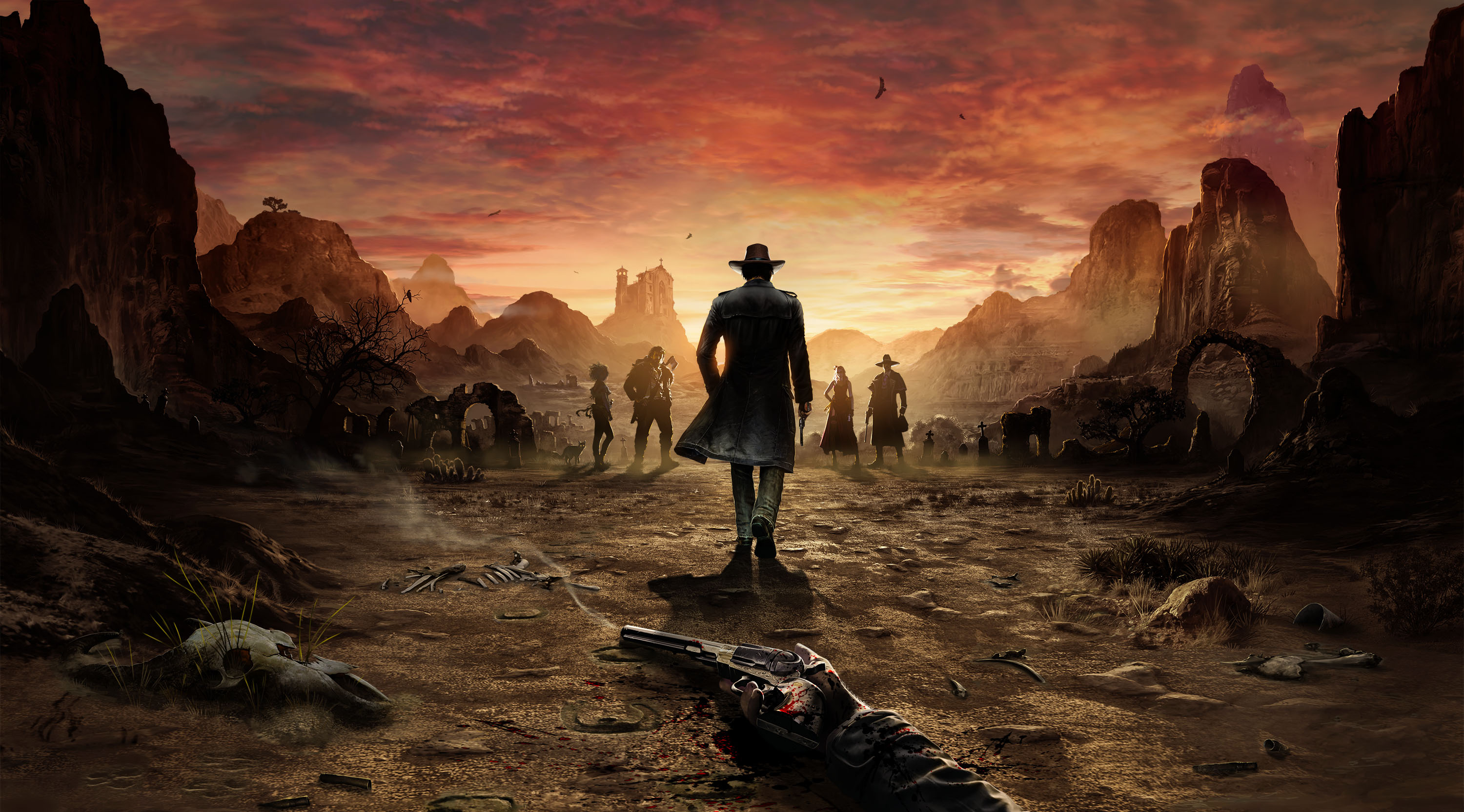
Mimimi Games and THQ Nordic brought back the classic style of real-time tactics and stealth gameplay, featuring coordinated team actions, visible enemy sightlines, and tools to distract opponents. Their ‘Showdown Mode’ allowed players to plan complex moves with multiple characters, timing them to avoid enemy detection. The environment – including cover like bushes, different heights, and objects to create diversions – helps players carefully plan their strategies. Enemies clearly show when they’re suspicious or have fully detected you, using their behavior and visual cues.
‘Shadow Tactics: Blades of the Shogun’ (2016)
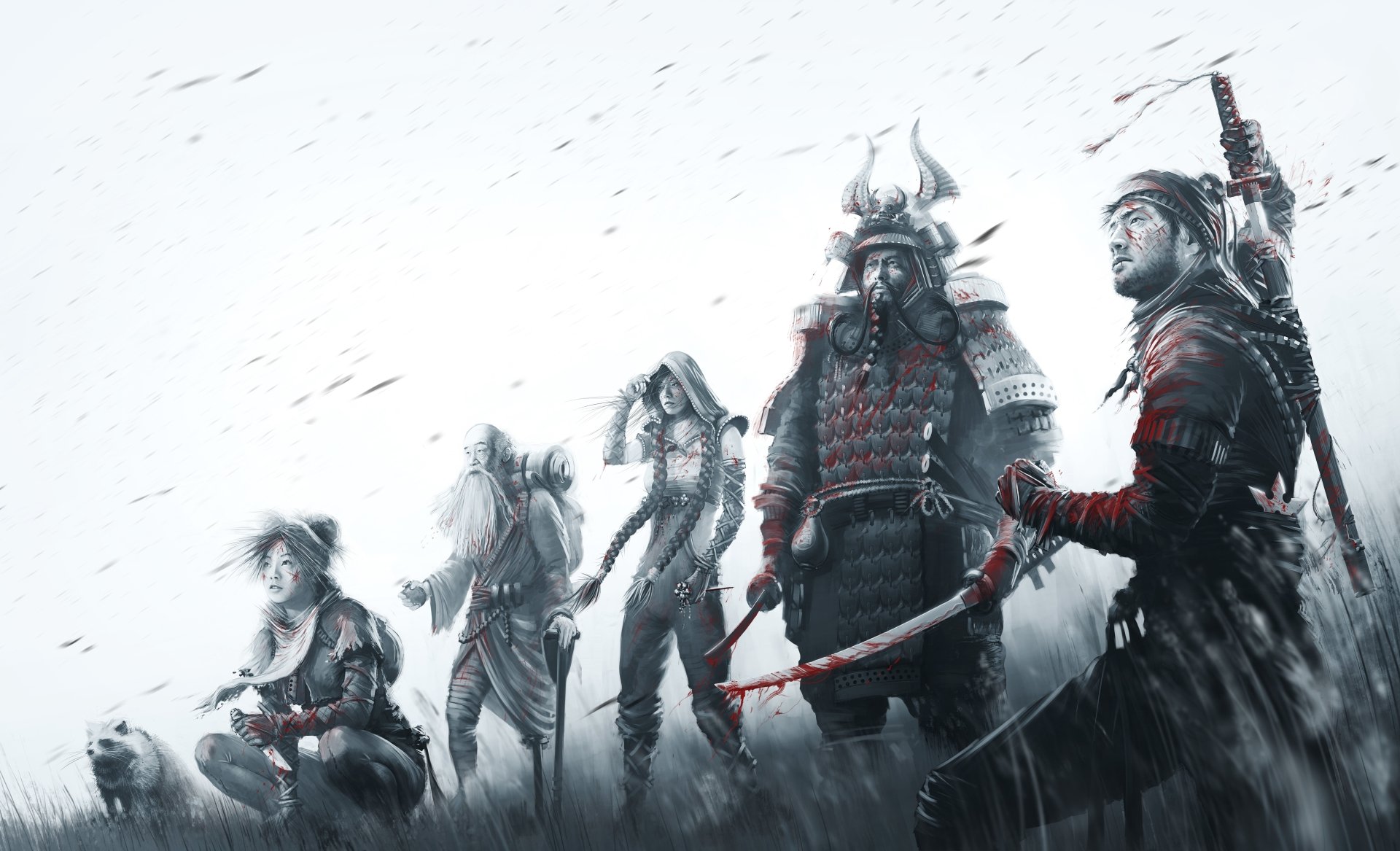
As a gamer, I really appreciated how Mimimi Productions and Daedalic built these stealth puzzles. They focused on things like how far my character could see, how high up they were, and even sound – it all mattered! The tools I had, like grappling hooks, traps, and disguises, all worked together in a way that made sense, and the rules were clear. Plus, the game cleverly encouraged me to experiment and try different approaches with quick saves, but it still felt challenging. The environments themselves gave me hints about guard patrols – I could hear when it was safe to move without needing a bunch of on-screen prompts. It was really immersive!
‘A Plague Tale: Innocence’ (2019)

Asobo Studio and Focus Home Interactive designed stealth gameplay around realistic reactions and consistent rules. Players can use things like torches and braziers to create temporary safe spaces or distract enemies. The game clearly shows how aware enemies are, letting you adjust your strategy on the fly. Levels offer multiple paths for stealth – like hiding under carts or in tall grass – while still giving players meaningful choices about how to proceed.
‘Metal Gear Solid V: The Phantom Pain’ (2015)

Kojima Productions and Konami created a stealth experience where players navigate large, open areas with changing weather and times of day, and can use a variety of equipment. Enemies learn from your actions – they might wear helmets, use night vision goggles, or increase patrols – but there are always ways to outsmart them. The game clearly shows how risky your movements are through sound indicators, your posture, and the surfaces you’re walking on. Tools like the Fulton recovery system and cardboard boxes give you more ways to play without making the core stealth mechanics feel unfair.
‘Ghost of Tsushima’ (2020)
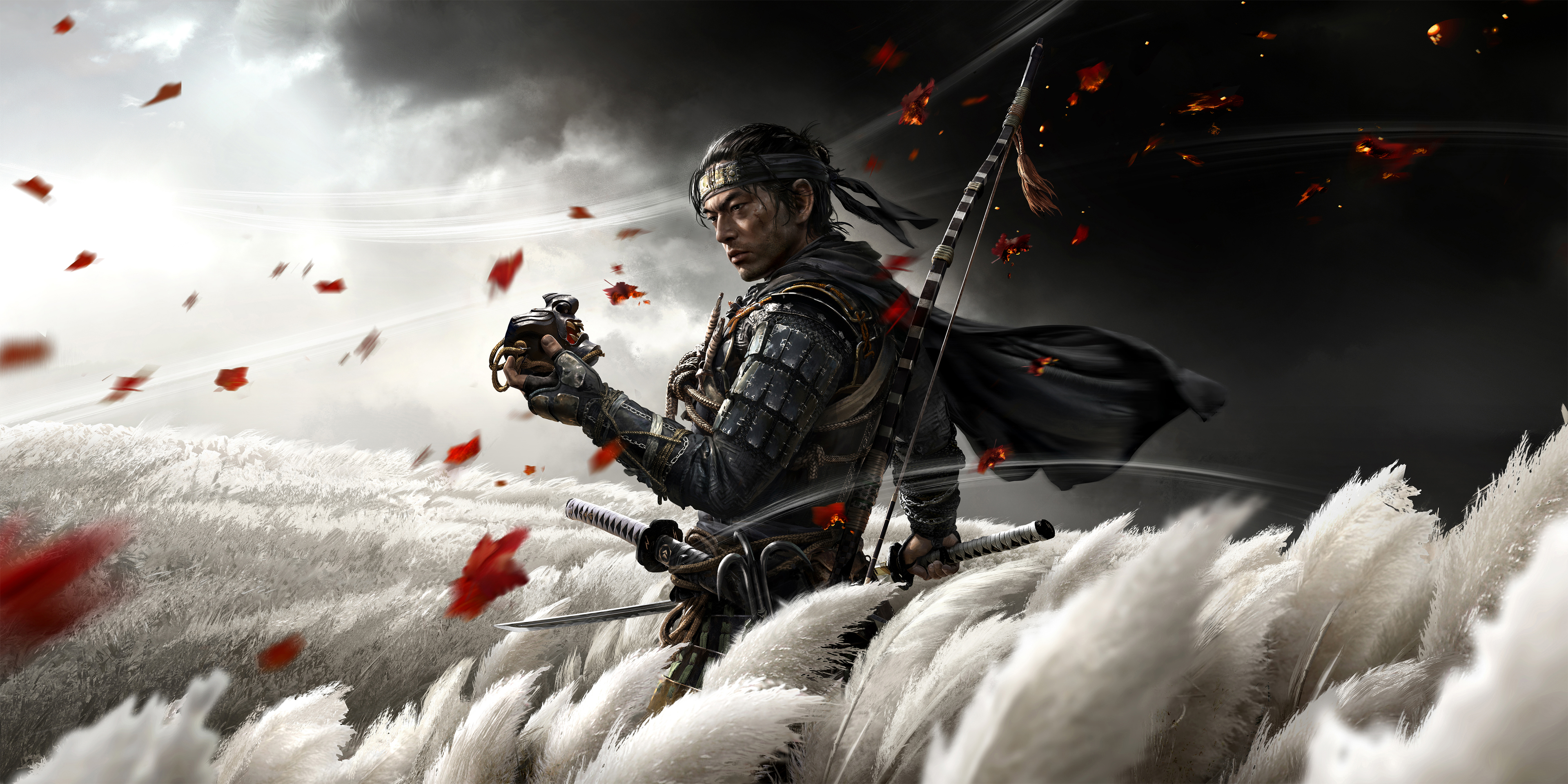
Sucker Punch Productions and Sony Interactive Entertainment designed the game’s environments – including grassy areas, rooftops, and tunnels – with a focus on how you see and hear enemies. Enemies react to your presence with clear warning stages, shifting from cautious to hostile, and giving you chances to avoid detection. The game encourages skillful stealth takedowns with chained assassinations and relies on consistent sound cues. Each enemy camp offers several ways to approach, allowing you to scout and plan your attack.
‘Sly Cooper and the Thievius Raccoonus’ (2002)
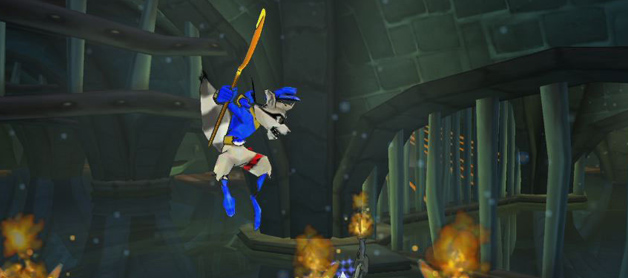
Sucker Punch and Sony taught players how to be stealthy in their games by using a system of platforms, lights, and sounds to show them how to avoid detection. The game encouraged careful planning, with challenges like alarms and stolen keys adding to the complexity. Tools like distractions and speed boosts all worked within a consistent set of rules for how enemies detected the player. Players were also rewarded for exploring levels and completing them without being seen, with collectibles as an added incentive.
‘Manhunt’ (2003)

Rockstar North and Rockstar Games designed stealth gameplay using sound distractions, controlling light and shadows, and utilizing cover. Enemies remembered where they last saw you and investigated noises, searching more thoroughly depending on the sound. The game rewarded players for taking risks with timing, but didn’t change how easily enemies detected you. City environments offered many ways to sneak around and hide, allowing players to carefully plan their approach.
‘Aragami’ (2016)

Lince Works and Maximum Games designed a shadow teleportation system that’s intuitive and considers line of sight and lighting. Enemy patrols are predictable, with clear timings and ways to avoid them, like using whistles or avoiding lantern light. The game lets you carefully plan how to hide bodies and create shadows, making it a core part of the gameplay. Levels are open, offering multiple paths, optional shortcuts unlocked with collectibles, and objectives you can complete without being detected.
‘The Last of Us Part II’ (2020)
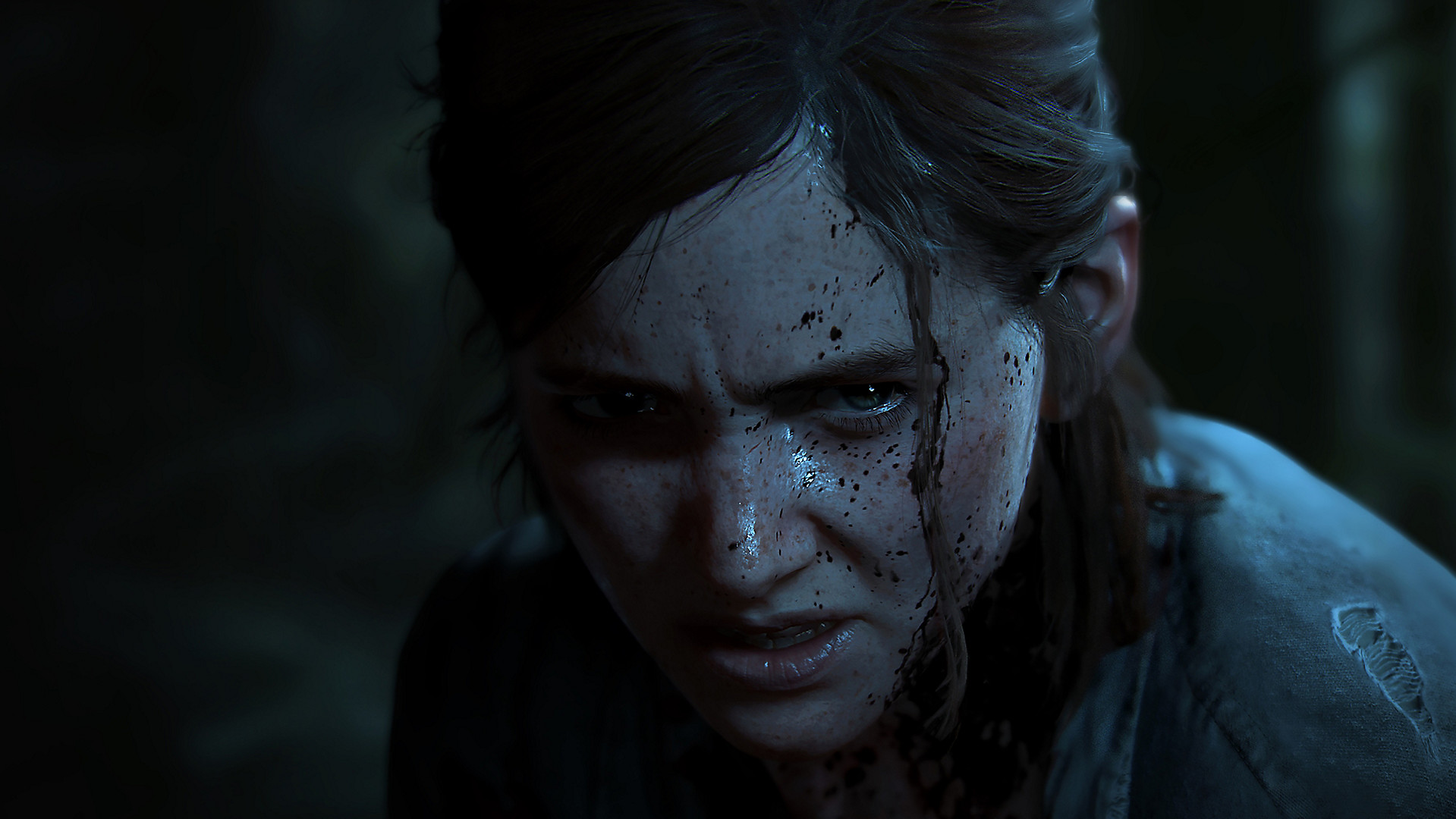
Naughty Dog and Sony created a stealth system focused on hiding while crawling, using tall grass, and equipping silencers that have realistic sound effects. Enemies work together to find you, communicate what they’ve seen, and even use dogs to track your scent. Thankfully, there are reliable ways to counter these tactics, like throwing bottles or creating distractions. The game’s levels are designed as interconnected spaces—houses, stores, and yards—allowing for multiple routes using crawl spaces and windows. You can also craft items that enhance your stealth abilities, like reducing noise and improving aim, without making you easier to detect.
‘Hitman: Blood Money’ (2006)
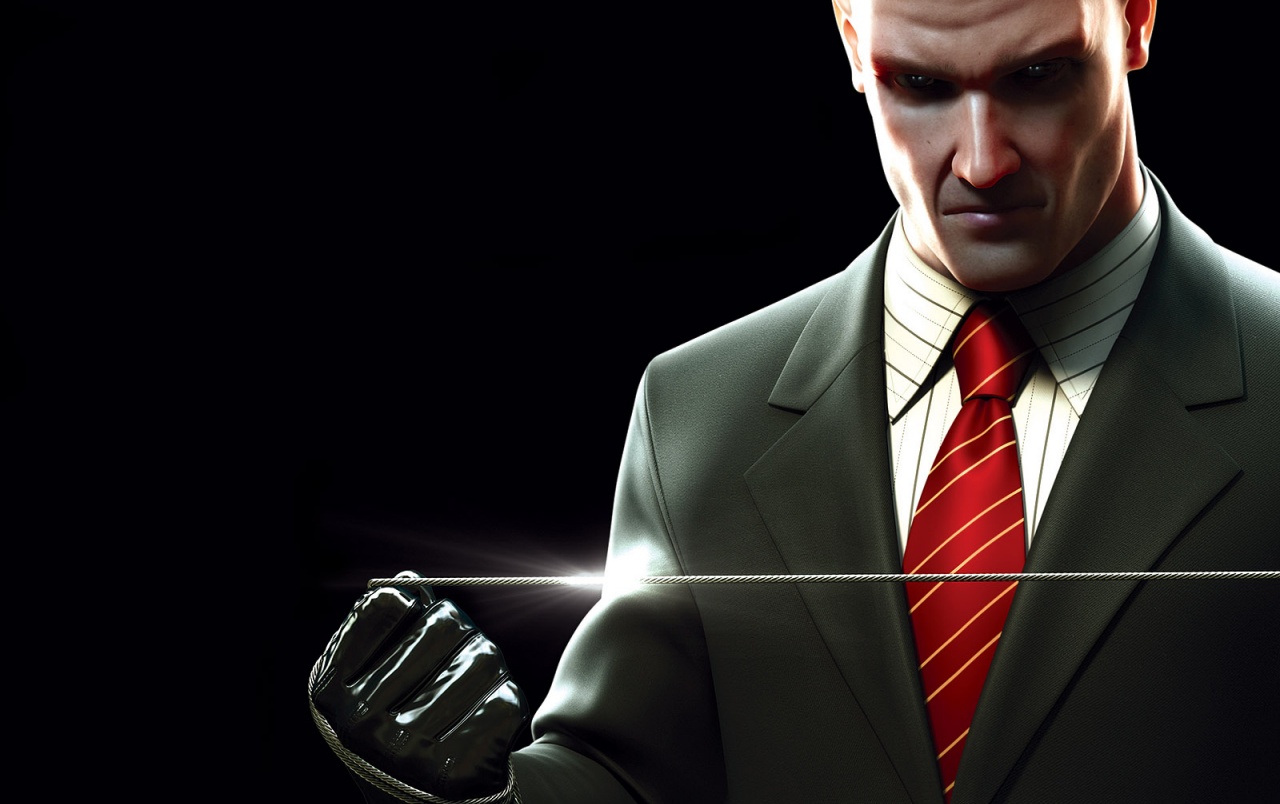
IO Interactive and Eidos Interactive made the game’s disguise system more realistic by considering how close you are to people, restricted areas, and whether guards can actually see you. The game also makes accidental deaths and using sound to distract enemies predictable and reliable, letting you plan things carefully. With detailed crowd behavior and many ways to enter a location, you can adapt to changing situations. Clear warnings and guard reactions help you recover from mistakes and learn how to play stealth effectively.
Did we leave out your favorite stealth game or a mission where you learned a cool trick? Tell us about it in the comments!
Read More
- Bitcoin’s Ballet: Will the Bull Pirouette or Stumble? 💃🐂
- Can the Stock Market Defy Logic and Achieve a Third Consecutive 20% Gain?
- Dogecoin’s Big Yawn: Musk’s X Money Launch Leaves Market Unimpressed 🐕💸
- Deepfake Drama Alert: Crypto’s New Nemesis Is Your AI Twin! 🧠💸
- LINK’s Tumble: A Tale of Woe, Wraiths, and Wrapped Assets 🌉💸
- SentinelOne’s Sisyphean Siege: A Study in Cybersecurity Hubris
- XRP’s Soul in Turmoil: A Frolic Through Doom & Gloom 😏📉
- Binance’s $5M Bounty: Snitch or Be Scammed! 😈💰
- Ethereum’s $140M Buy: Will It Save Us? 😱
- ADA: 20% Drop or 50% Rally? 🚀💸 #CryptoCrisisComedy
2025-11-13 02:18